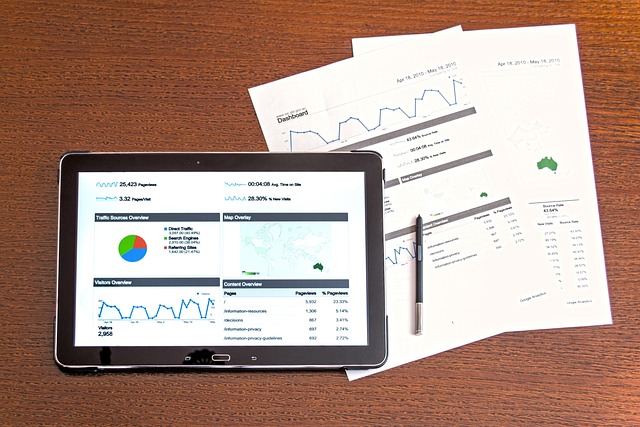The recent years have highlighted the undeniable connection between climate change and extreme weather events, leading to an urgent need for data analysis in understanding these phenomena. As we witness increasingly severe storms, unprecedented heatwaves, and rising sea levels, the significance of our planet’s changing climate becomes more apparent. Each data point tells a story about our environment, revealing the intricate tapestry that connects human activity with the shifting patterns of our weather.
Understanding climate change through data analysis is vital. For instance, advanced algorithms can process vast amounts of meteorological data to uncover trends that might go unnoticed by the naked eye. When we analyze the frequency and intensity of hurricanes, we can see a troubling uptick in their severity. This shift not only affects ecosystems but also jeopardizes the lives of people living in vulnerable regions. By relying on data analysis, researchers and policymakers can formulate strategies that better allocate resources to disaster-prone areas, ultimately saving lives and preserving communities.
The role of data analysis extends to various facets of extreme weather conditions. Take heatwaves, for example. By examining historical temperature records alongside atmospheric data, scientists identify the factors that have led to an increase in baseline temperatures. These findings can inform both public health initiatives and urban planning, addressing the real risks posed to both people and infrastructure in a rapidly changing climate.
This data-driven approach is not just about numbers; it’s about connecting with the experiences of communities affected by climate change. Every statistic reflects the heartache of families who lose their homes to flooding or those who struggle with health issues exacerbated by air quality deterioration. By humanizing data analysis, we can foster a sense of urgency and responsibility. Understanding that climate change is not a distant threat, but a current reality that affects us all, encourages individuals to take meaningful action.
Innovative technologies like satellite imaging and machine learning are also revolutionizing data analysis in the realm of climate science. These tools enable researchers to monitor changes in land use and vegetation cover, adding another layer to our understanding of environmental changes. By visualizing these alterations over time, we gain insights that are essential for developing resilient infrastructure and adaptive strategies to combat extreme weather effects.
Moreover, collaboration among scientists, educators, and communities can enhance the effectiveness of data analysis in tackling climate change. Engaging local populations in interpreting data fosters a sense of ownership and accountability in addressing climate challenges. When communities understand the implications of the data, they can contribute to discussions and initiatives that lead to positive environmental impacts.
In this age of information, it is essential to leverage data analysis as a powerful tool to understand and mitigate the effects of climate change. By harnessing the narratives woven into datasets, we can inspire collective action and drive meaningful change in our environment. It is in our hands to interpret the data and transform it into knowledge that shapes a sustainable future for generations to come.




